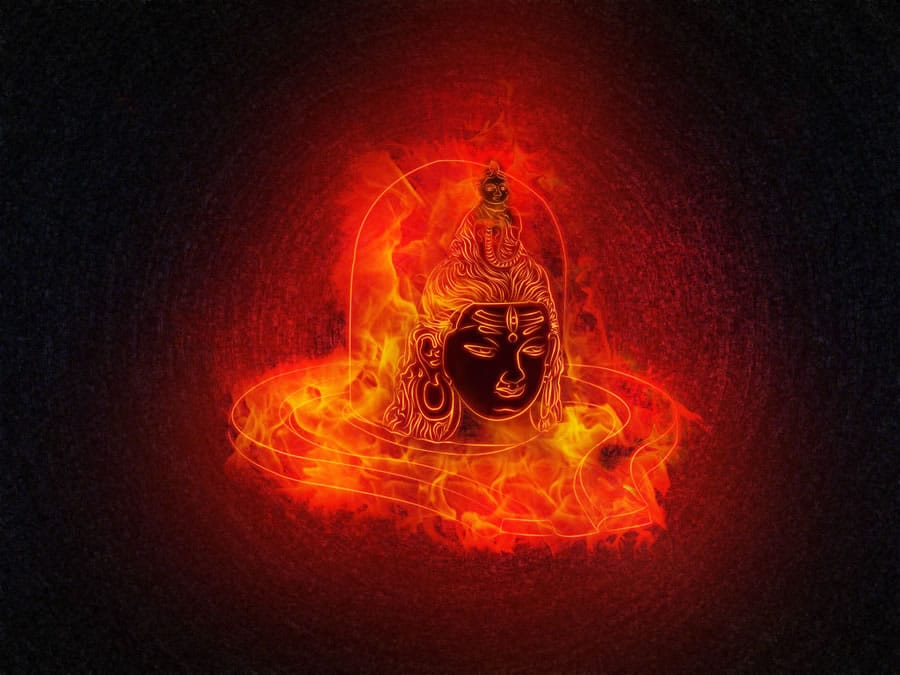
Shiva Natajara, Lord of the Dance Essay
Shiva as Lord of Dance (Nataraja) is a worlds’ masterpiece, which belongs to the rich cultural heritage of India of Chola period (880-1279). This is a bronze figure, which is 68.3 cm height and 56.5 cm in diameter. This dancing figure with four arms depicts Shiva – one of the three supreme gods in Hinduism, which is the god of dance, known as Nataraja. Shiva is depicted in a graceful dancing pose, which has special meaning: his upper right hand holds a drum (damaru), the source of creation, and another right hand is raised in blessing (Abhaya Mudra), symbolizing the forces of preservation (sthiti-shakti); his upper left hand holds the flame, a symbol of destruction (Samhara-shakti), while lower left hand points to a raised left foot, symbolizing the grace of God and, thus, provides a path leading to the release of a mature soul. The cobra, which binds the waist of Nataraja, symbolizes the kundalini-shakti, the cosmic energy which awakens the soul. Flaming halo around the figure means “Great Time”, Space and Universal Consciousness. The facial expression of Lord Shiva says about the greatness and full harmony with the rhythm of the titanic dance. Shiva is the only god who has three eyes, and the third eye is visible on the forehead of bronze figure of Nataraja). Three eyes of the great god – the sun, moon and fire.
According to Hindu mythology, Lord Shiva is dancing for the good of the whole world. His goal of dance – the liberation of souls from the shackles of maya threefold, anavy and karma.

